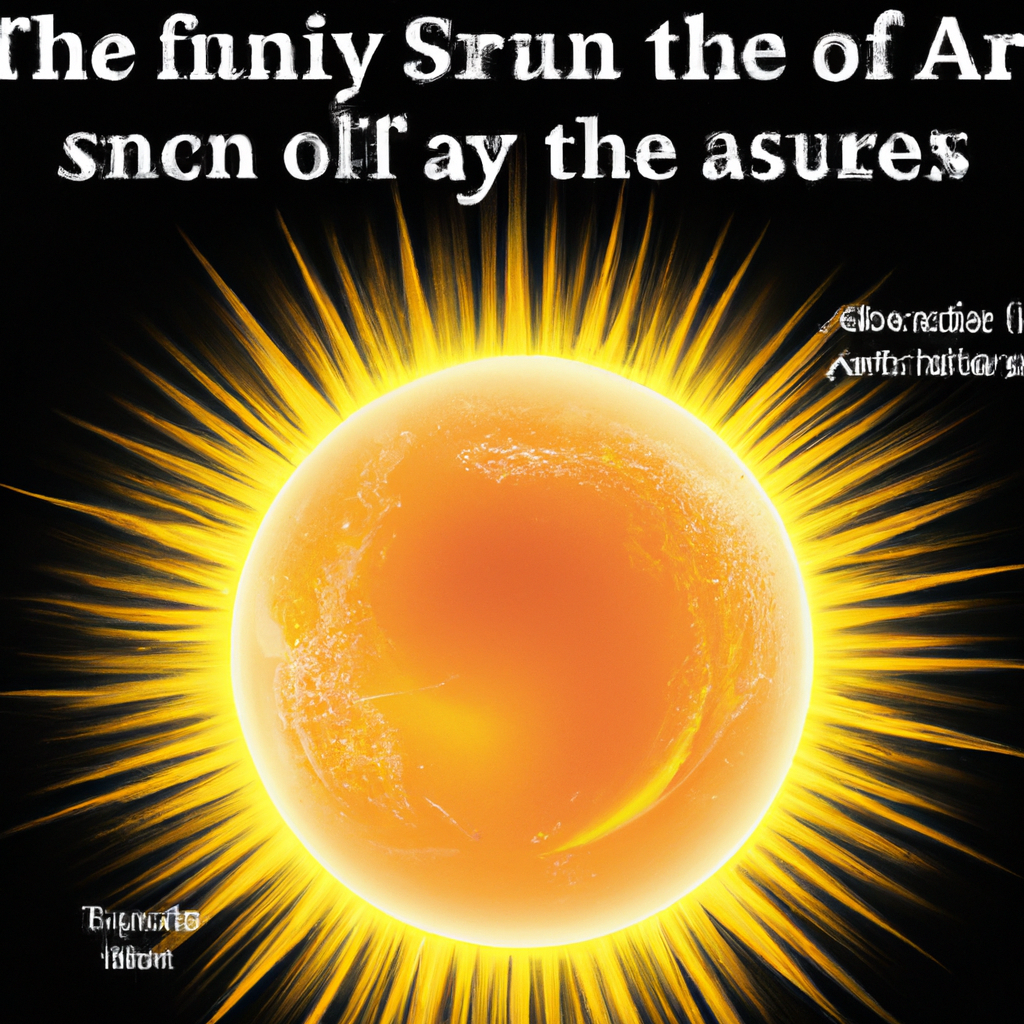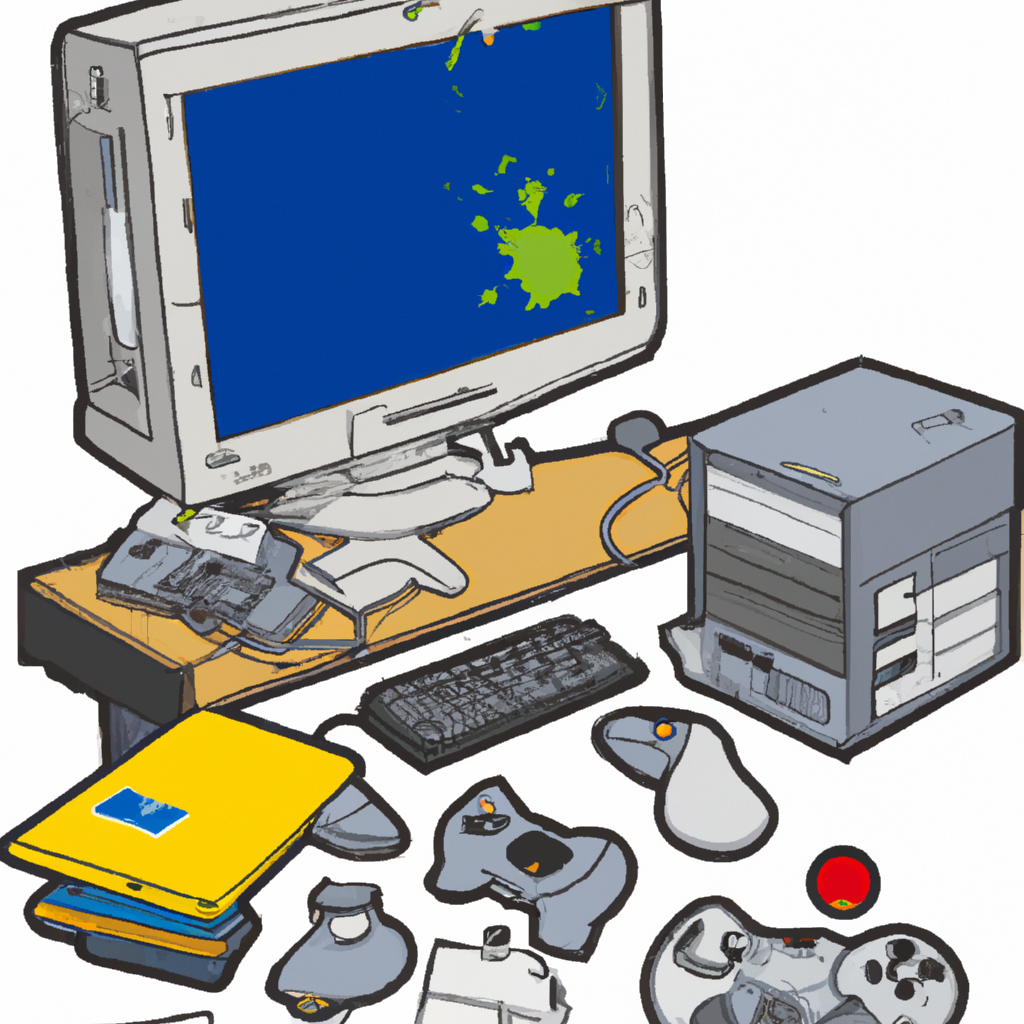

The sun is an amazing and fascinating object. It is huge, incredibly bright, and very hot. It also contains most of the mass in the solar system and is essential for life on Earth . The sun will eventually die, but not for billions of years.

The article covers the history of popular computer games, personal computers, and the internet. It starts with the release of the first popular computer game, "Pong", in 1972, and goes on to discuss the release of the first personal computer, the Apple I, in 1976, and the first IBM PC in 1981. It then covers the history of email and the first website, created in 1991. Finally, it discusses the first online chat room, created in 1997.

Quantum computers are computers that use quantum mechanical phenomena to perform calculations. They are different from classical computers in many ways, and are able to perform certain tasks much faster. They are also very good at solving certain problems that classical computers cannot.

Hypothyroidism is a condition in which the body does not produce enough thyroid hormone. This can lead to fatigue, weight gain, depression, and other health problems. Hashimoto's disease is the most common cause of hypothyroidism. There is no cure for hypothyroidism, but treatment can help improve symptoms.

Twitter is a popular social media platform that allows users to share short messages, or tweets, with the world. Twitter was originally conceived as an SMS service, but has since grown to become a global phenomenon with over 320 million users. Twitter is available in over 40 languages and users tweet an average of 20 times per day. In 2012, Twitter acquired Vine, a popular 6-second video sharing service.

Pizza is a round, flatbread traditionally topped with tomato sauce and cheese. Dough is made from wheat flour, water, yeast, and salt. First recorded pizzaiolo was Antonio Testa from Naples, Italy. Pizza was originally sold in markets and by street vendors. In the United States, pizza first became popular in large cities such as New York and Chicago. Today, pizza is one of the most popular foods in the world.

Popular science writing typically seeks to explain complex concepts to a lay audience in an accessible and enjoyable way. The genre has its roots in the 18th century, when scientists such as Isaac Newton and Charles Darwin began publishing works for a non-specialist audience. The popularity of the genre increased dramatically in the second half of the 20th century, thanks in part to the growth of mass media .